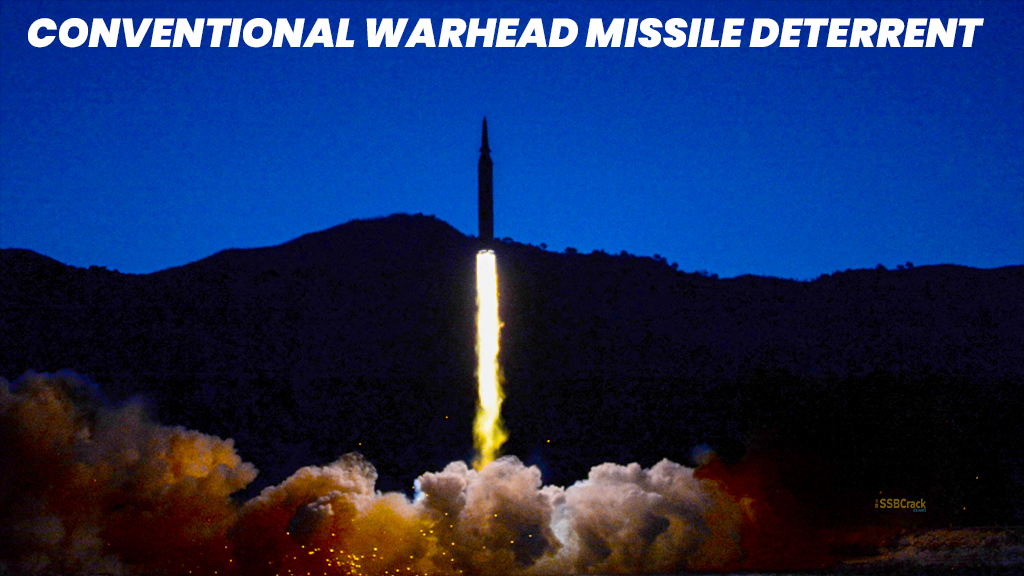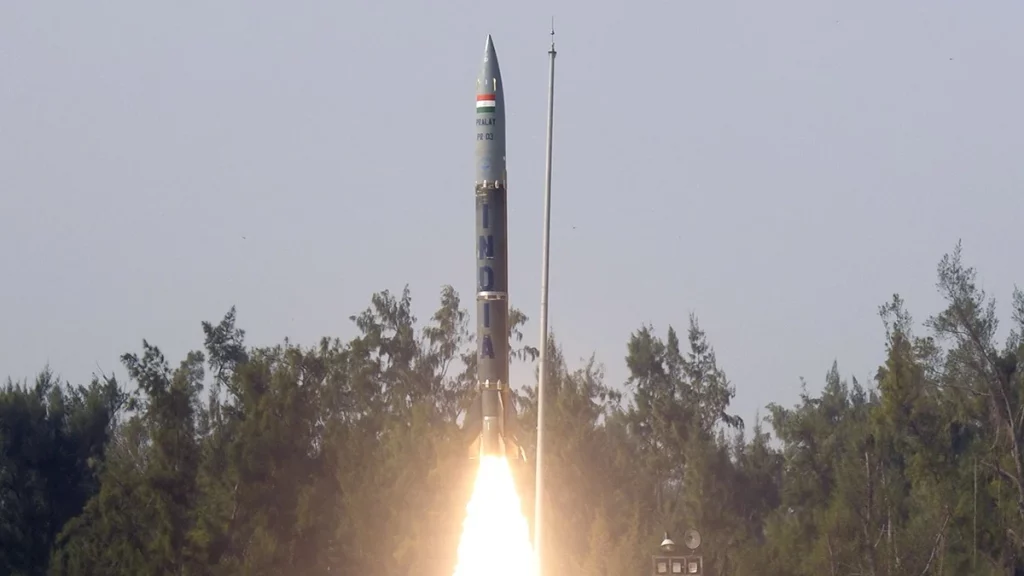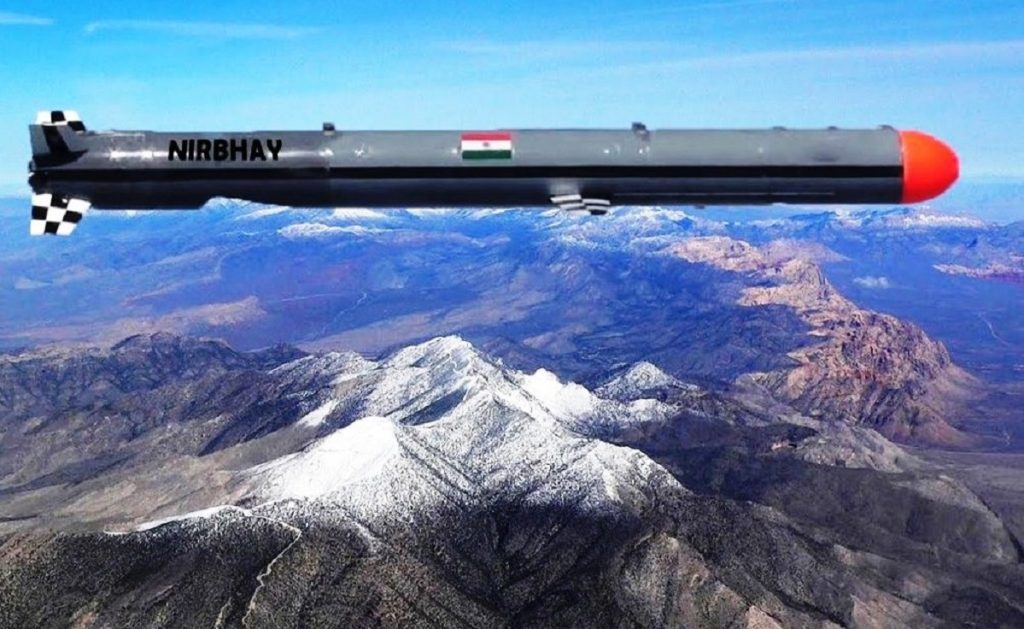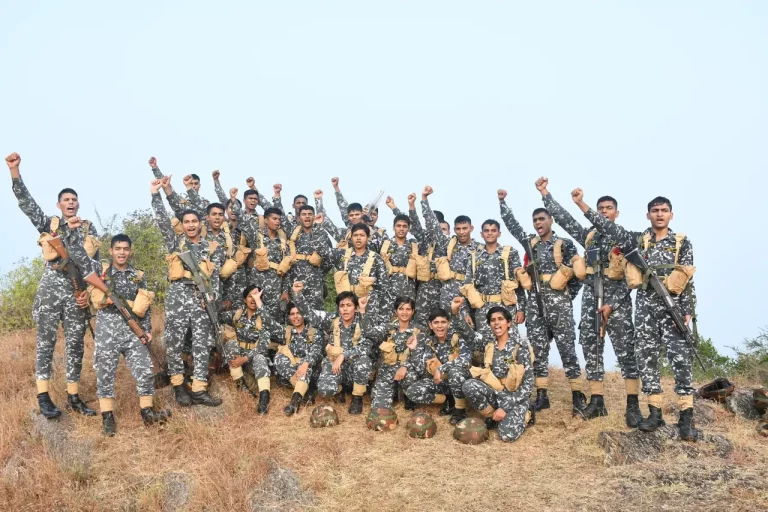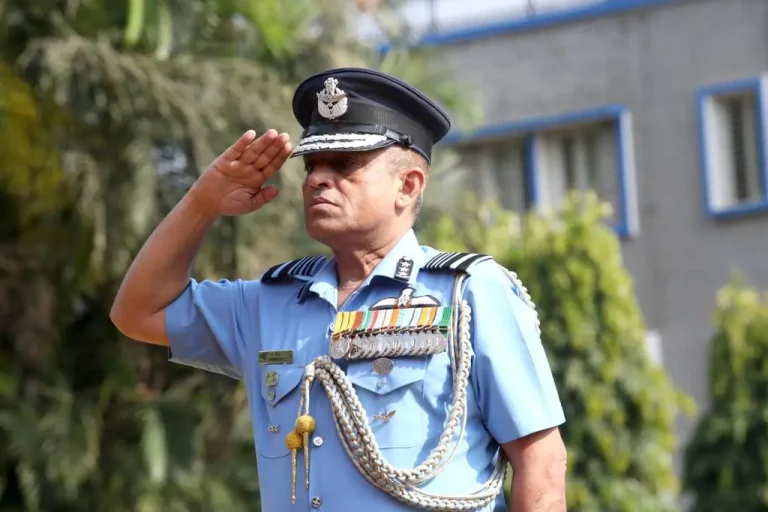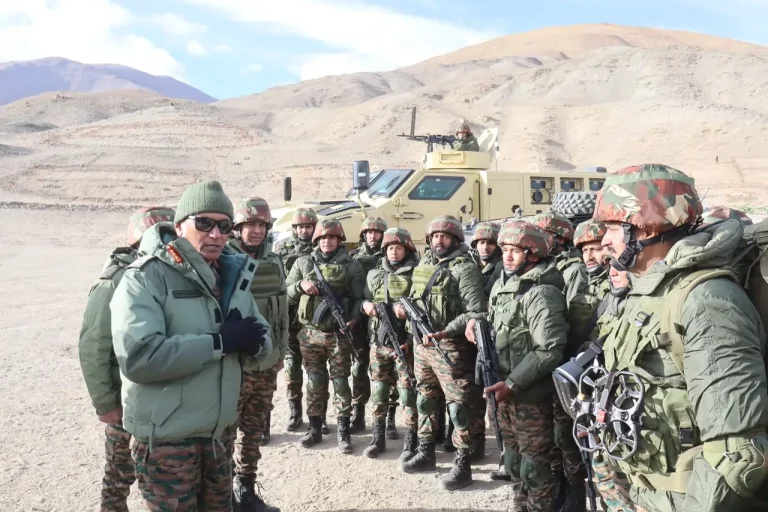Following the establishment of a “minimum credible nuclear deterrent” with a proven nuclear triad, the Narendra Modi government is moving towards a robust conventional warhead missile deterrent to deter the Communist Party of China’s (CPC) military expansionist intentions against India.
Indian Missiles in Action
Given India’s vulnerability along the Siliguri corridor, as well as Bhutan’s largely ceremonial military force, Indian national security planners have decided to secure North-East states with conventionally armed short-range ballistic missiles such as Pralay, which has a maximum range of 500 kilometers, and conventionally armed subsonic cruise missile Nirbhay, which has a maximum range of 1500 kilometers. Other conventionally armed delivery platforms exist in India.
Both the Pralay and Nirbhay missile development trials have been completed to the satisfaction of missile developer DRDO, and user trials are expected soon, with the Defence Ministry already putting orders for the Pralay missile. The conventional deterrent is backed up by India’s nuclear arsenal, which has demonstrated the capacity of a second attack and the survivability of the deterrent in the aftermath of the first strike. With the Agni series of nuclear missiles, air delivery platforms, and submarine-launched nuclear ballistic missiles, India has a no-first-use policy on nuclear weapons.
Given the deployment of PLA rocket regiments along the 3488 km Line of Actual Control (LAC), India will need to use counter-weapons to deter Chinese invasion along the Siliguri corridor and in Arunachal Pradesh. In the worst-case scenario, the PLA has already placed 70 km range HQ-16 surface-to-air missiles in the Yatong area across the Siliguri corridor to threaten Indian airspace. In this scenario, Indian national security planners have deployed missiles and hardened shelters for IAF fighters and ammunition depots to counter the Chinese presence in both the Siliguri corridor and the Northeast states.
To make matters worse for India, China is supplying 039 class diesel attack submarines and armed drones to client state Pakistan with the goal of weakening India’s western front. As a result, the Indian Navy is poised to award Mazagon Dockyards Limited (MDL) a contract for three new Scorpene class submarines, bolstering conventionally equipped rocket and missile troops on the western frontier.
To crack the SSB Interview and join the Indian Army as an Officer, You can join our SSB interview live classes batch and we recommend you to Enroll SSB INTERVIEW ONLINE COURSE. Trusted by thousands of defence aspirants.
Also read:
- Significance Of Hellfire Missiles For Indian Navy
- Indian Navy To Get Hellfire Missile As Part Of $300 Million Deal
- Major Boost To Missile Arsenal: India-Russia To Build BrahMos-II Hypersonic Missile
- Is Brahmos Missile Enough For India?
- About Agni Prime- Nuclear-Capable Missile
- Major Difference Between Brahmos V/S S400?
- What Is A Missile Propulsion System And How Does It Work?
- Top 10 Anti-Aircraft Missile Systems In The World
- All About IAF SPYDER Surface-To-Air Missile
- Difference Between Ballistic Missile Vs Cruise Missile?
- Unfolding The Relevance Of AGNI Series Missiles From AGNI I To AGNI VI [Fully Explained]

